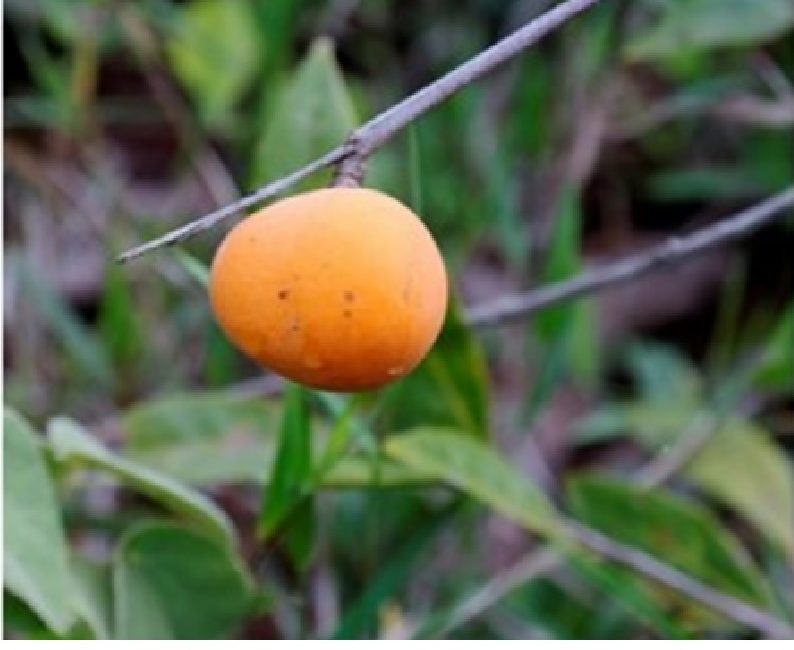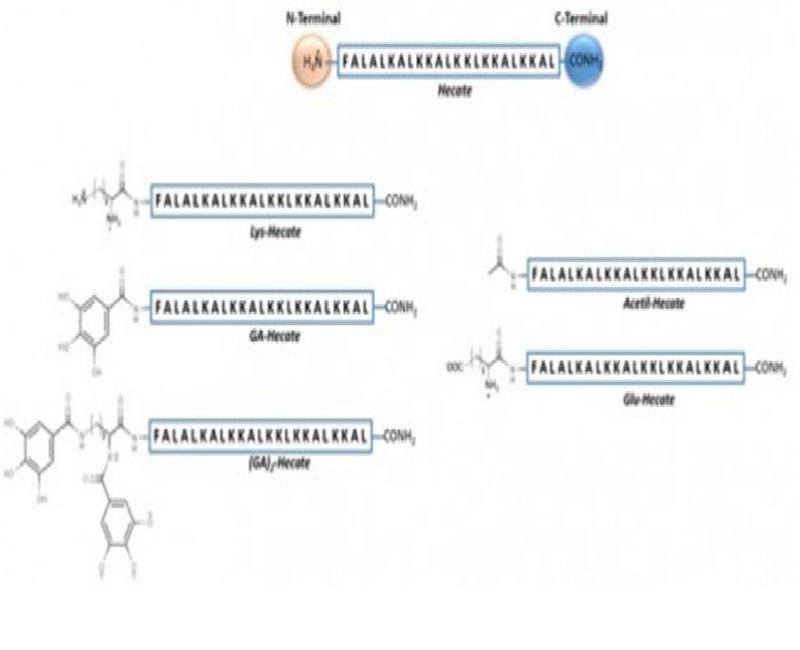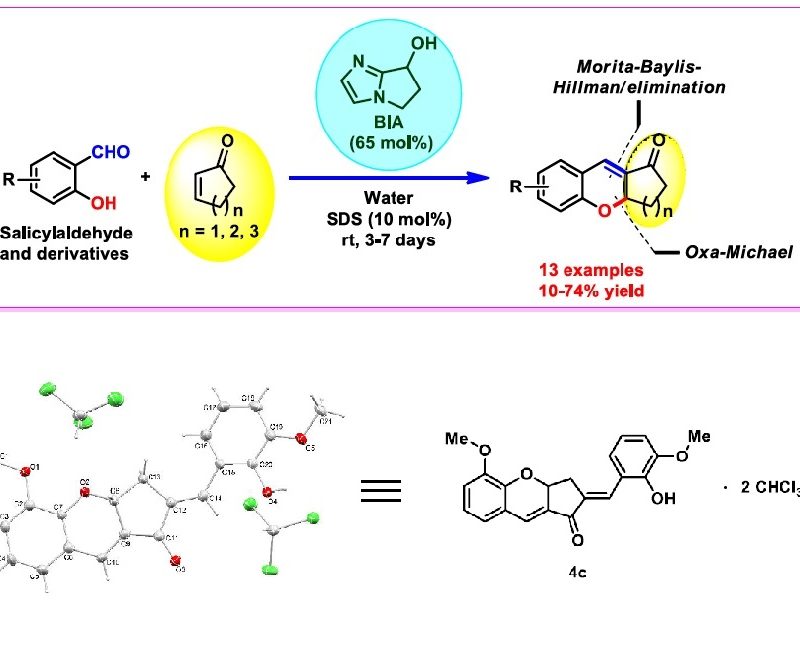
Authors:
Gomes Teles, Ramon Handerson [1] ; Graminha, Angelica Ellen [1] ; Rivera-Cruz, Cosette M. [2] ; Nakahata, Douglas Hideki [3] ; Barboza Formiga, Andre Luiz [3] ; Corbi, Pedro Paulo [3] ; Figueiredo, Marxa Leao [2] ; Cominetti, Marcia Regina [1]
Abstract:
Cisplatin is widely used to treat different types of cancer, but its severe side effects are the major disadvantage of this treatment. Therefore, other metals are currently the subject of research in the rational development of anticancer drugs, such as copper, that has been demonstrated to be promising in this scenario. Here, we evaluated the effects of two novel copper complexes against breast cancer cell lines, and also examined the influence of overexpressing copper transporter 1 (CTR1) on the cytotoxicity of these complexes. Complex (1) {[}Cu (sdmx(-))(2)(phen)] showed low IC50 values, induced intense cell morphological changes and arrested the cell cycle at the sub-G1 phase in cancer cells. Complex (1) was tested in transfected cells overexpressing the CTR1 receptor in order to compare its steric effects with a less bulky ligand and more labile complex (2) {[}CuCl2(impy)]. A significant reduction of IC50 value was observed in CTR1 overexpressing cells for complex (2) (32 mu M to 20 mu M) as compared to (1) (2.78 mu M to 3.41 mu M), evidencing a possible uptake through copper reduction (Cu+2 -> Cu+1) mediated by CTR1. Thus, considering that CTR1 is a mediator of metallodrugs uptake, the development of strategies that use rational drug design is important in order to improve the therapeutic efficacy through greater specificity and consecutive reduction of side effects. Here we show the example for the case of copper(II) complexes.
1 Department of Gerontology, Federal University of São Carlos, Rod. Washington Luís, Km 235, São Carlos, SP, Brazil
2 Department of Basic Medical Sciences, Purdue University College of Veterinary Medicine, 625 Harrison St., West Lafayette, IN, USA
3 Institute of Chemistry, University of Campinas, UNICAMP, 13083-970 Campinas, SP, Brazil
Link to article: https://www.sciencedirect.com/science/article/abs/pii/S0887233320304720?via%3Dihub#!







